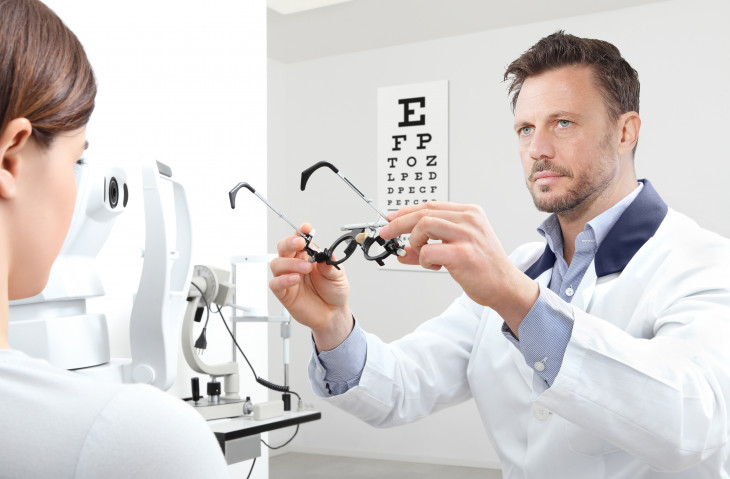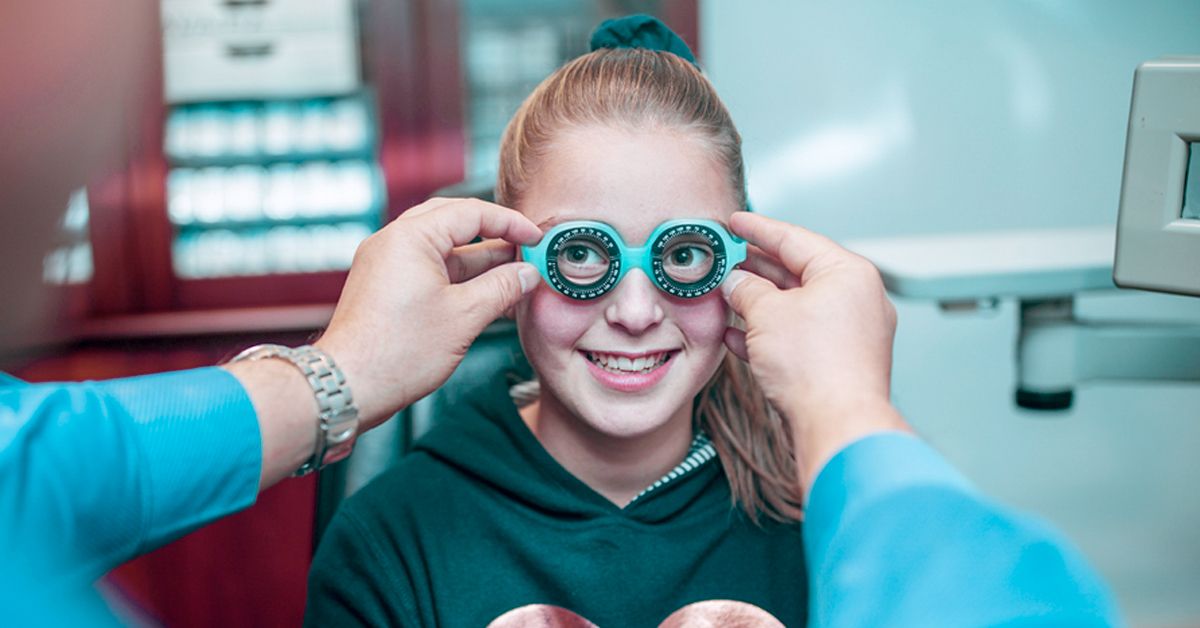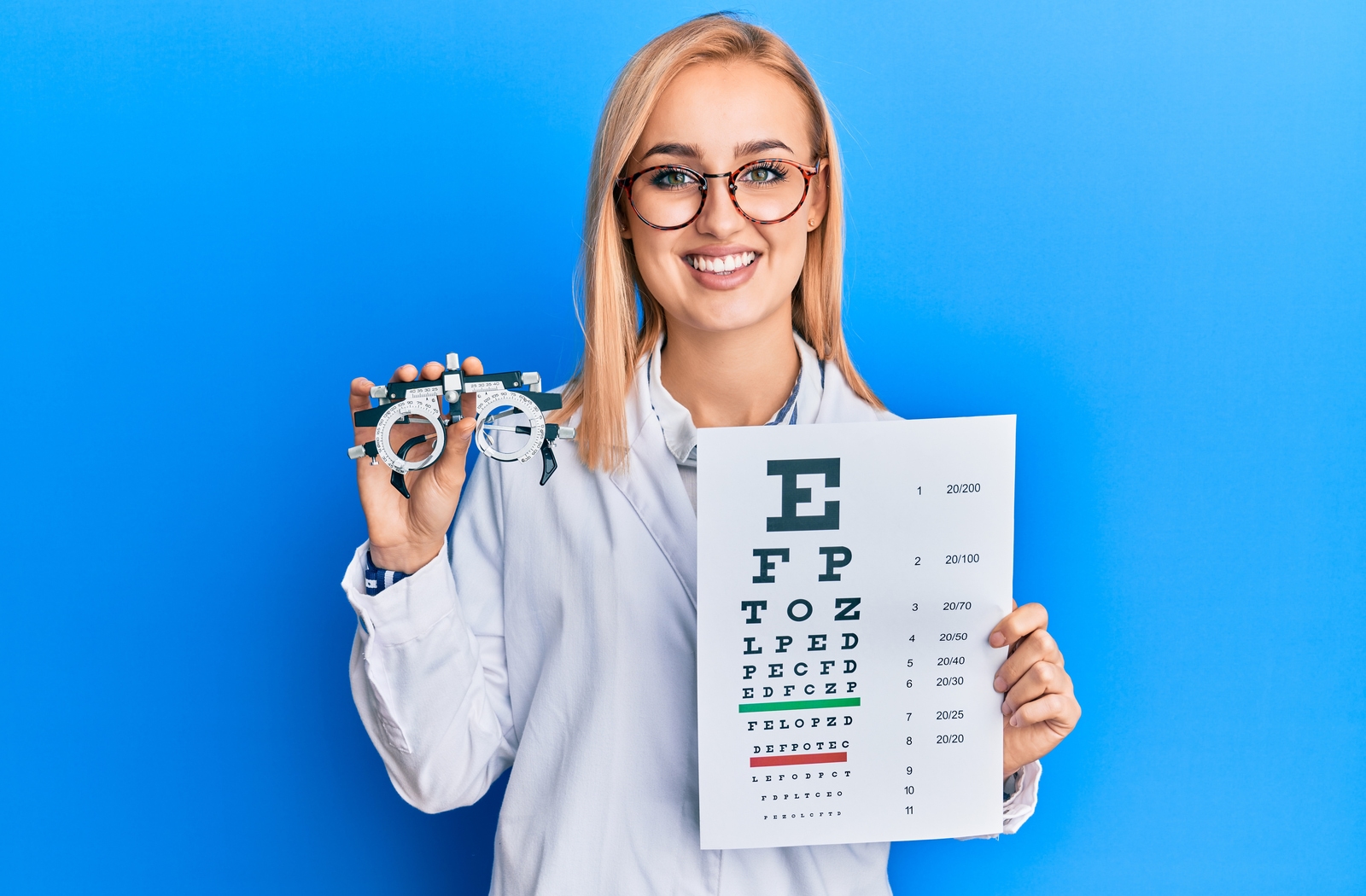Why Selecting an Eye Doctor Optometrist is Essential for Your Eyes
Why Selecting an Eye Doctor Optometrist is Essential for Your Eyes
Blog Article
Exploring the most up to date Technical Improvements in Optometry and What They Mean for Optometrists
From the precision of Optical Comprehensibility Tomography to the nuanced understandings provided by AI-driven analysis devices, these innovations are setting brand-new criteria in patient evaluation and therapy. As these innovations permeate the method, eye doctors are encountered with the obstacle of embracing these tools to improve individual end results.
Developments in Diagnostic Equipment
Advancing the field of optometry, developments in diagnostic devices have actually revolutionized the means eye treatment professionals assess and diagnose aesthetic disabilities and ocular conditions. The previous years has witnessed substantial technical developments, allowing more comprehensive and exact analyses.
An additional secret innovation is the intro of advanced corneal topography systems, which map the surface area curvature of the cornea with accuracy. These devices are particularly beneficial for suitable contact lenses and detecting corneal problems. Furthermore, electronic retinal imaging has actually transformed typical ophthalmoscopy, using detailed, panoramic views of the retina that promote comprehensive visual examinations.
The advancement of wavefront aberrometry has actually additionally been essential, allowing the evaluation of refractive mistakes with unparalleled accuracy (Opticore Optometry). This modern technology assists in customizing restorative lenses and improving surgical results for refractive surgical procedures. Jointly, these diagnostic improvements empower eye doctors to provide remarkable patient treatment, ensuring very early treatment and tailored therapy methods, inevitably improving visual wellness results
AI in Individual Administration
Structure on the foundation of advanced analysis tools, the incorporation of artificial knowledge (AI) in client monitoring stands for a transformative leap for optometry. AI systems are increasingly used to enhance performance, accuracy, and personalization in person care.
Furthermore, AI-driven systems promote structured client interactions and administrative procedures. Automated scheduling, virtual consultations, and personalized follow-up strategies not only improve client contentment but also enhance time administration for professionals. These systems can triage clients based on the necessity of their conditions, making certain that those in vital need get punctual attention.
Additionally, AI boosts decision-making by supplying eye doctors with evidence-based suggestions and therapy pathways. By integrating data from electronic health documents, AI devices supply insights that inform professional choices, minimizing the danger of errors and boosting client results. As AI continues to progress, its function in client administration will likely increase, reshaping the landscape of optometric treatment.
Breakthroughs in Retinal Imaging
In the world of optometry, retinal imaging has actually observed remarkable technological developments that are enhancing analysis capacities and client care. Technologies such as Optical Comprehensibility Tomography (OCT) and fundus digital photography have changed exactly how eye doctors visualize and analyze the retina.
Boosted imaging techniques like OCT angiography are additional refining diagnostic precision. This non-invasive strategy maps blood circulation in the retina, providing crucial insights right into vascular health and wellness without the requirement for color shots. Additionally, adaptive optics technology is being integrated right into retinal imaging systems to deal with ocular aberrations, supplying extraordinary image clearness. Such improvements help with the identification of min retinal modifications that can represent disease progression.
Additionally, innovations in man-made knowledge are enhancing retinal imaging by making it possible for automated analysis of big datasets. These systems aid optometrists in determining patterns indicative of pathology, therefore improving analysis accuracy and effectiveness. Collectively, these innovations are changing retinal imaging into a foundation of contemporary eye care, boosting outcomes and broadening restorative possibilities.
Teleoptometry's Growing Function
Teleoptometry is increasingly ending up being an essential element of eye care, driven by innovations in digital interaction and analysis tools. This is especially valuable in underserved and country locations where access to specialized eye care is often minimal.
The combination of man-made intelligence (AI) further improves teleoptometry, enabling the analysis of aesthetic information and assisting in the discovery of ocular problems such as glaucoma and diabetic retinopathy. AI-powered formulas can rapidly translate complex imaging data, offering optometrists with valuable understandings that reinforce clinical decision-making.
Additionally, teleoptometry sustains connection of treatment via smooth combination with digital health and wellness records (EHRs), allowing optometrists to keep extensive person histories. This ensures that people receive their explanation personalized and consistent treatment also when talking to different professionals.
Despite these advantages, difficulties remain, including making certain data safety and handling individual assumptions. Nevertheless, teleoptometry represents a significant stride towards more obtainable, effective, and patient-centered eye treatment. As technology advances, its role is positioned to increase better.

Future Fads in Eye Care
A myriad of ingenious trends is readied to reshape the future of eye care, driven by technological developments and the evolving requirements of individuals. One considerable trend is the combination of expert system (AI) in diagnostics, which assures to improve the precision and efficiency of eye evaluations. AI formulas can assess vast quantities of data from retinal pictures, possibly spotting problems like diabetic retinopathy and glaucoma earlier than standard techniques.
Furthermore, personalized medicine is getting grip in optometry, with hereditary testing notifying customized treatment plans. This approach intends to enhance individual end results by tailoring treatments to individual genetic accounts. Wearable technology, such as wise contact lenses, is also on the horizon, offering real-time surveillance of intraocular stress or sugar degrees, thus supplying continuous understandings into eye and systemic wellness.
The adoption of enhanced fact (AR) and online fact (VR) in training and individual education is one more arising trend. These innovations offer immersive experiences that can improve understanding and abilities both for optometrists and people. As these trends progress, eye doctors should remain abreast of technical improvements to provide innovative treatment, ensuring enhanced person Recommended Reading outcomes and fulfillment in the vibrant landscape of eye care.
Final Thought

Collectively, these diagnostic innovations encourage optometrists to deliver premium individual care, making sure early intervention and customized treatment approaches, inevitably improving aesthetic health and wellness outcomes.

As these modern technologies continue to advance, eye doctors need to adjust and include them into practice, eventually maximizing workflow efficiency and raising the criterion of eye treatment delivered to clients.
Report this page